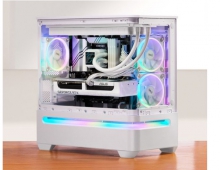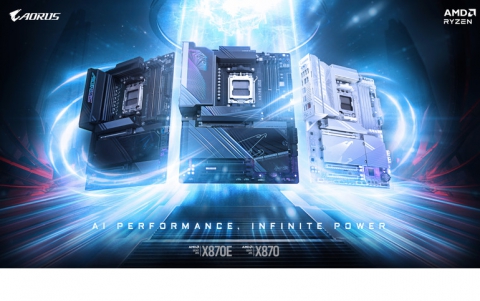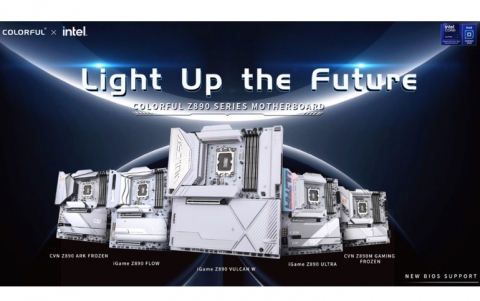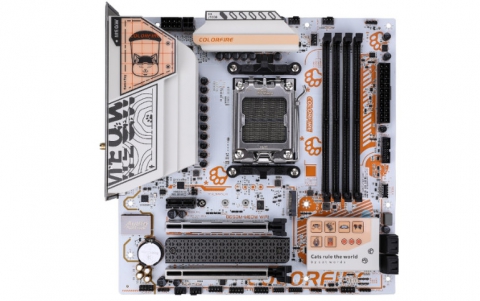Asus P5N32-E SLI Plus
9. Conclusion
- Conclusion
![]() The P5N32-E SLI Plus is the first ever motherboard to combine two different nVidia chipsets into a hybrid system. Asus has used the nVidia 650i SLI and nVidia 570i SLI chipsets in order to produce the P5N32-E SLI Plus. As we all know, the nVidia 650i SLI has two 8x lanes (under SLI mode). Asus paired both lanes to build the first x16 PCI-E slot, while the nVidia 570i SLI "drives" the other two available PCI-E slots (x16 & x8 for physics card). While all this technical detail isn't very useful for users, the actual results seem very good and in fact, its performance surpasses both the nVidia 680i and nVidia 680i LT tested motherboards in the majority of our tests.
The P5N32-E SLI Plus is the first ever motherboard to combine two different nVidia chipsets into a hybrid system. Asus has used the nVidia 650i SLI and nVidia 570i SLI chipsets in order to produce the P5N32-E SLI Plus. As we all know, the nVidia 650i SLI has two 8x lanes (under SLI mode). Asus paired both lanes to build the first x16 PCI-E slot, while the nVidia 570i SLI "drives" the other two available PCI-E slots (x16 & x8 for physics card). While all this technical detail isn't very useful for users, the actual results seem very good and in fact, its performance surpasses both the nVidia 680i and nVidia 680i LT tested motherboards in the majority of our tests.

The board's design is good, it follows the Asus P5N32-E SLI design. There are six (6) SATA II connectors for HDD and optical storage devices along with ATA133 and floppy connectors.
In the overclocking area, the board proved to be easily overclockable. The BIOS settings are what we have seen with P5N32-E SLI/Striker series and with an Intel E6600 processor, we got a maximum of 440FSB. Ok, this isn't the best result we expected, but its enough for most users.
For comparing the P5N32-E SLI and P5N32-E SLI Plus, we provide the following table:
P5N32-E SLI |
P5N32-E SLI Plus |
|
| Chipset | nVidia 680i |
nVidia 650i SLI/570i SLI |
| SLI | Yes, two full 16x |
Yes, two full 16x |
| PCI-E | Three (two 16x and one 8x) |
Three (two 16x and one 8x) |
| Lan | Two 1Gbit ports |
Two 1Gbit ports |
| Audio | SupremeFX Add-on Audio Card |
SupremeFX Add-on Audio Card |
| USB | 10 ports available |
10 ports available |
| Price | €145~195 |
€120~165 |
So is there any major difference between the two models? Apart from the chipset and price, no, not from what I can see.
Concluding this review, Asus once again shines with the P5N32-E SLI Plus. It offers very good performance and good price for enthusiast users. Can you ask for more?






















